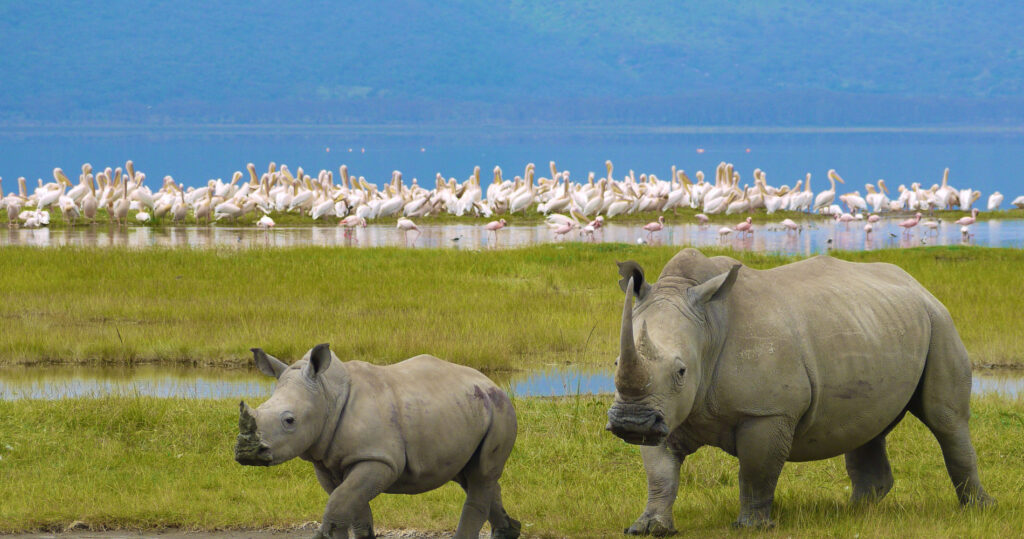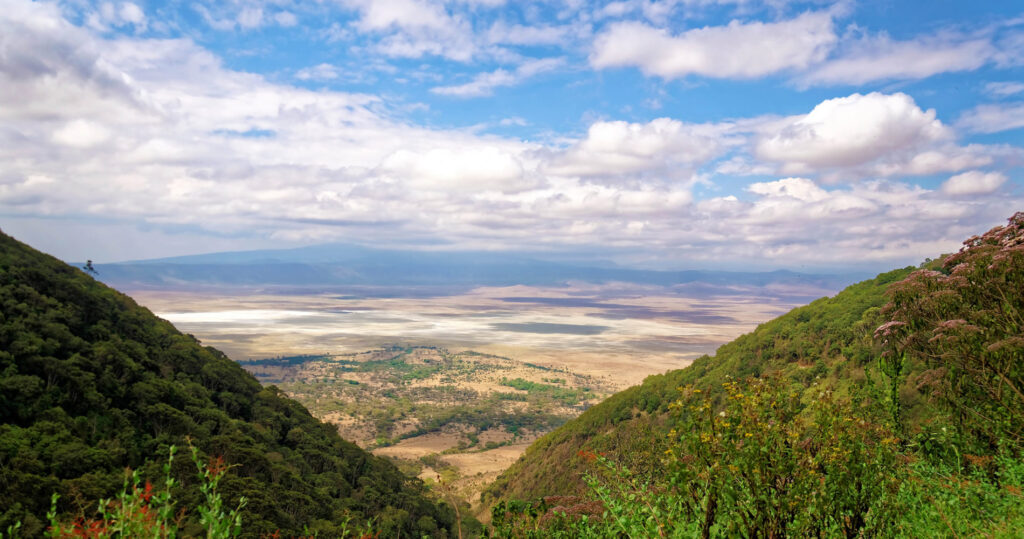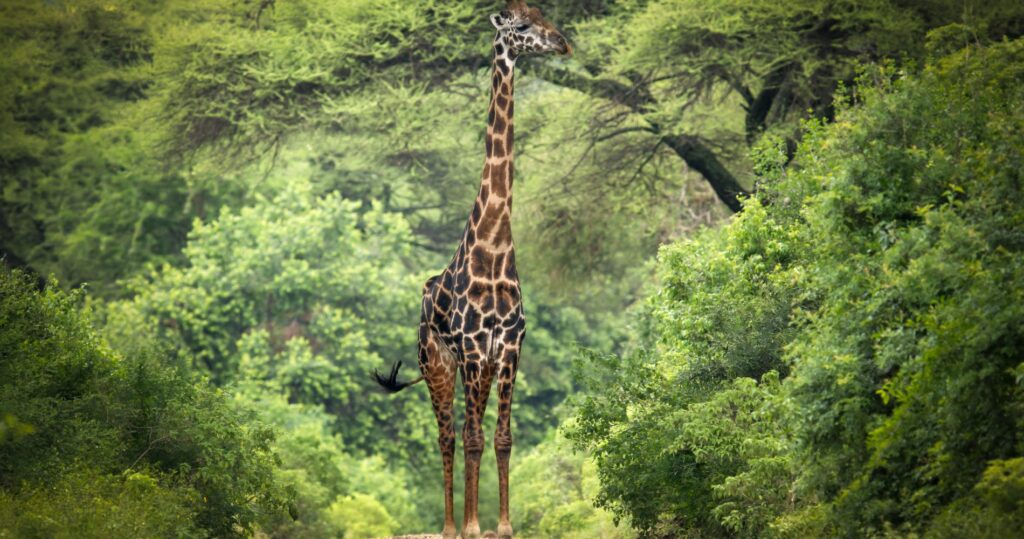- Moshi - Tanzania
- +255 744 916 820
- info@wildrhythmadventures.com
Menu
Mountain Climbing
- Kilimanjaro Climbing
- Mt Meru Climbing
- Ol doinyo lengai
- Zanzibar Vacation
Standing tall at 5,895 meters (19,341 feet), Mount Kilimanjaro is not only the highest peak in Africa but also one of the most sought-after trekking destinations in the world. Located in northeastern Tanzania, this majestic dormant volcano attracts adventurers, nature lovers, and mountaineers from around the globe who dream of reaching its snow-capped summit.
Whether you are a seasoned trekker or a first-time hiker, Mount Kilimanjaro offers an awe-inspiring challenge and an unparalleled experience. Its diverse ecosystems, breathtaking landscapes, and unique cultural heritage make it a must-visit destination.
There are several trekking routes that lead to the summit of Mount Kilimanjaro, each offering a unique experience. The most popular routes include:
Marangu Route (Coca-Cola Route)
The most well-established and frequently traveled route, Marangu is known for its hut accommodations along the way. It is ideal for those seeking a slightly easier climb with a shorter duration (typically 5-6 days). The route offers a steady ascent with scenic views.
Machame Route (Whiskey Route)
Known for its challenging terrain, Machame is one of the most popular routes among experienced trekkers. It’s a bit tougher than Marangu but offers better scenic diversity. The trek usually takes about 6-7 days, and climbers will experience different ecosystems, from rainforests to alpine deserts.
Lemosho Route
One of the most scenic and less crowded routes, Lemosho is a great option for those looking to enjoy both the climb and the stunning views. It’s a longer route (typically 7-8 days) which provides ample time for acclimatization, thus increasing the chances of reaching the summit.
Rongai Route
Rongai is the only route that approaches Kilimanjaro from the northern side, and it is a more remote and quieter experience compared to the southern routes. It takes around 6-7 days and is ideal for those who prefer less crowded paths.
Umbwe Route
The Umbwe route is the steepest and most challenging of all the routes. It is recommended for experienced climbers looking for a physically demanding trek. The route typically takes 6 days and offers a thrilling ascent.
The ultimate goal for most climbers is Uhuru Peak, the summit of Mount Kilimanjaro. The final push to the top typically takes place during the night or early morning hours to catch the sunrise from the peak. The climb is strenuous, but the reward is unmatched.
When you reach Uhuru Peak, you will be standing at 19,341 feet (5,895 meters) above sea level, with panoramic views of the surrounding wilderness. The sight of the glaciers, the vast plains of Tanzania below, and the sun rising over the horizon is a once-in-a-lifetime experience that makes every step of the trek worthwhile.
The best time to climb Mount Kilimanjaro is during the dry seasons, from January to March and June to October. These months provide the clearest weather and more favorable conditions for trekking. However, Kilimanjaro can be climbed year-round, with the wet season (April to May) offering a quieter and less crowded experience.
Climbing Kilimanjaro is a physically demanding challenge, but with proper preparation, it is achievable for most people in good health. Here’s how to prepare:
Hiring a licensed guide and porter is mandatory when climbing Mount Kilimanjaro. The guides are highly experienced and will ensure your safety while sharing their extensive knowledge about the mountain, its ecosystems, and its history. Porters will carry your gear and make your climb more comfortable.
Climbing Mount Kilimanjaro is an adventure of a lifetime that will challenge you physically and mentally while offering you a chance to experience Tanzania’s breathtaking natural beauty up close. Whether you’re aiming for the summit or simply seeking the adventure of a lifetime, Mount Kilimanjaro should be at the top of your bucket list.



